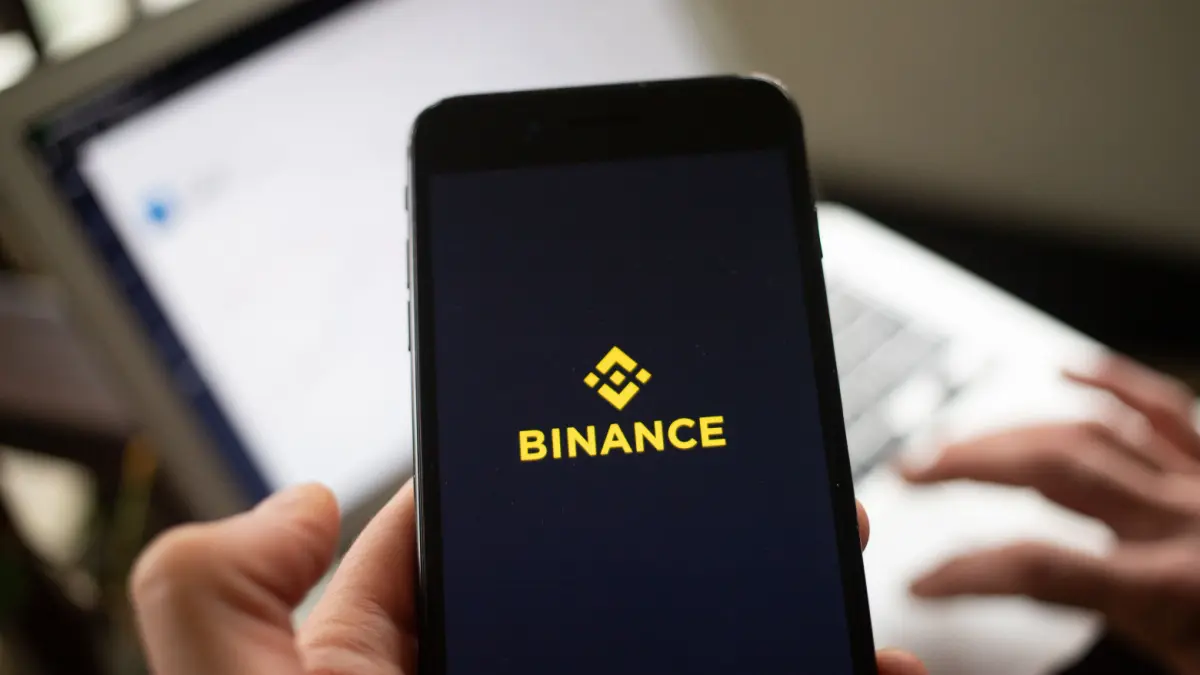In a stunning turn of events, the cryptocurrency market experienced a significant surge, sparked by an unfounded rumor regarding a potential 90-day suspension of U.S. import tariffs. This claim, which was widely disseminated by various media outlets, including CNBC and Reuters, ultimately proved to be false, as confirmed by the White House. Such rapid market reactions illustrate the volatility and sensitivity of investor sentiment in the current economic climate.
Market Response to Misinformation
On April 7, a post from Walter Bloomberg on platform X (formerly Twitter) claimed that President Trump was contemplating a temporary halt on tariffs for a period of 90 days, excluding those related to China. Bloomberg, boasting nearly a million followers, sparked widespread sharing of this story, which was subsequently picked up by esteemed news networks.
The impact of this false information was palpable. Major stock indices saw substantial increases, with the S&P 500 climbing over 8%, the Nasdaq up 9.5%, and the Dow Jones rising by 7%. Bitcoin’s value skyrocketed, briefly surpassing $80,000, marking a 6.5% increase. Overall, this led to a temporary increase of around $2 trillion in market capitalization, showcasing how rapidly investor trust can pivot.
Investors React to Market Sentiment
The response from investors was fervent, indicating a robust willingness to embrace potential negotiations with China. Crypto influencer Lark Davis commented on the incident, remarking that the market seems poised for extended discussions with China as long as agreements can be reached. Echoing this sentiment, investor Geiger Capital noted the implications of the rumor: “They now know that even the hint of a pause can lead to a 10% market rise in a single day.”
Official Response and Confusion
The White House responded promptly, using its “Rapid Response” channel to clarify that the earlier reports were not accurate. The confusion stemmed from comments made by Kevin Hassett, Trump’s economic advisor, during a Fox News interview, which lacked a definitive confirmation or denial regarding tariff suspensions. This vagueness left room for speculation and uncertainty in the markets.
Later that same evening, President Trump took to Truth Social to issue a stern warning to China, asserting that if the nation did not retract its 34% increase in trade violations by April 8, the U.S. would implement additional tariffs of 50% starting April 9. The unfolding reactions will likely provide more clarity in the near future.
Community Impact and Broader Trends
This incident not only highlights the fragility of market confidence but also emphasizes a larger trend in the financial landscape where misinformation can significantly sway economic conditions. As investors react quickly to speculative news, the link between social media rhetoric and market performance becomes increasingly apparent. As individuals become more aware of these dynamics, the call for accuracy and discernment in news consumption becomes critical.
The implications of false reports extend beyond just financial figures; they can instill deep-rooted uncertainties that affect real-world economic interactions. As stakeholders in the financial community navigate this precarious environment, the need for careful information verification has never been more apparent.



